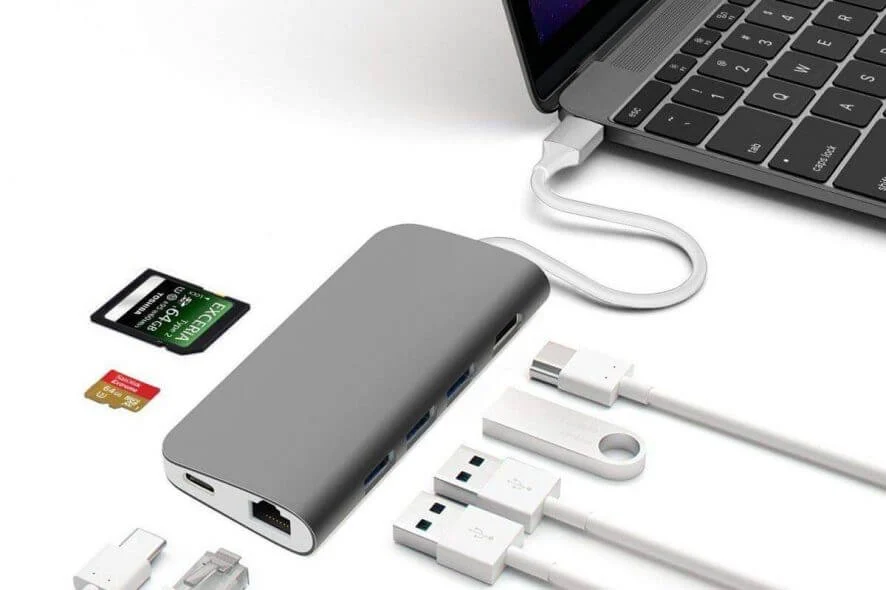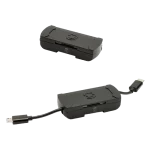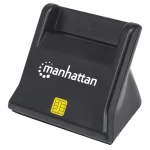For photographers, videographers, and anyone who uses memory cards, a reliable card reader is an essential tool. Among the various options available, Realtek card readers are a common sight in both desktops and laptops. But what exactly is a Realtek card reader, and how does it function? This article delves into the world of Realtek card readers, exploring their types, functionalities, and even troubleshooting tips.
Understanding Realtek: A Tech Titan
Realtek Semiconductor Corp. is a Taiwanese fabless semiconductor company, a major player in the world of integrated circuits (ICs). They design and develop a vast array of IC solutions, including those for audio, networking, and – you guessed it – card readers. So, while you might not see the Realtek brand on your computer itself, their technology could very well be powering the card reader you use every day.

Types of Realtek Card Readers
Realtek card readers come in two main varieties: USB and PCIe (Peripheral Component Interconnect Express).
-
USB Card Readers: These are the most common type. They are compact and portable, easily connecting to a free USB port on your computer. Realtek USB card readers typically support a wide range of memory card formats, including SD, microSD, and CF (CompactFlash).
-
PCIe Card Readers: These are internal card readers that connect directly to a PCIe slot on your motherboard. They offer faster data transfer speeds compared to USB counterparts but require opening your computer case for installation. While less ubiquitous than USB readers, PCIe Realtek card readers are a good choice for power users who prioritize speed.

Functionality: Bridging the Gap Between Memory Card and Computer
At its core, a Realtek card reader acts as a bridge between your memory card and your computer. Here’s a simplified breakdown of how it works:
-
Insertion: You insert your memory card into the appropriate slot on the card reader. The card reader detects the card and its format.
-
Communication: The card reader establishes communication with the computer’s operating system through a device driver. This driver acts as a translator, enabling the computer to understand and interact with the card.
-
Data Transfer: Once communication is established, you can access and transfer files between the memory card and your computer’s storage.

Keeping Things Running Smoothly: Drivers and Updates
For optimal performance, it’s crucial to have the latest drivers installed for your Realtek card reader. Drivers are software components that allow your operating system to recognize and communicate with hardware devices like card readers. Outdated drivers can lead to compatibility issues, slow transfer speeds, or even malfunctioning of the card reader.
Here’s how to ensure you have the latest drivers:
-
Identify Your Card Reader: Open your computer’s Device Manager and locate the “Disk Drives” section. You should see your Realtek card reader listed there.
-
Download Drivers: Head to the Realtek website and navigate to the “Downloads” section. Select your operating system and identify the appropriate driver for your card reader model (often based on the name you saw in Device Manager).
-
Installation: Download and run the driver installer. Follow the on-screen instructions to complete the update process.

Predicted advancements and innovations in Realtek Card Reader technology
The world of technology thrives on constant innovation, and Realtek card readers are no exception. Here’s a look at some potential advancements and exciting possibilities that could shape the future of Realtek card reader technology:
Speeding Up the Game: Blazing-Fast Data Transfers
Transferring large media files like high-resolution photos and 4K videos can be time-consuming. Realtek card readers are already known for their efficiency, but future iterations could push the boundaries even further. Integration with cutting-edge transfer protocols like USB4 could enable significantly faster data exchange, streamlining workflows for photographers, videographers, and anyone who deals with large media files.
Enhanced Security: Safeguarding Your Data
Data security is paramount, especially when dealing with sensitive information on memory cards. Realtek card readers could incorporate advanced encryption features, working seamlessly with software to encrypt data on the fly during transfers. This would add an extra layer of protection against unauthorized access, ensuring peace of mind for users.
Multi-functionality: Beyond Basic Card Reading
Realtek card readers could evolve beyond their core function of data transfer. Imagine a card reader that doubles as a secure storage device, allowing you to directly back up your memory card’s data without needing a separate computer connection. Additionally, integration with biometric authentication like fingerprint scanners could enhance security and provide a more convenient user experience.
Wireless Freedom: Untethered Data Transfer
While USB and PCIe interfaces are reliable, they tether your device to a physical connection. The future might see Realtek card readers incorporating wireless technologies like Wi-Fi 6E or even future iterations. This would enable wireless data transfer between memory cards and computers, offering greater flexibility and convenience, especially for mobile users.
Artificial Intelligence: Smarter Card Management
Artificial intelligence (AI) has the potential to revolutionize how we interact with technology. Realtek card readers could leverage AI to automatically detect the type of memory card inserted and optimize transfer settings accordingly. Additionally, AI could analyze card health and provide warnings for potential issues, helping users maintain the integrity of their data.
These are just a few exciting possibilities for the future of Realtek card reader technology. As technology continues to evolve, we can expect Realtek to stay at the forefront, providing innovative solutions that cater to the ever-changing needs of users.

Troubleshooting Common Realtek Card Reader Issues
Even with the right drivers, occasional glitches can occur. Here are some common problems and solutions for Realtek card readers:
-
Card Not Recognized: Double-check that the card is inserted correctly and securely. Try restarting your computer. Ensure the card reader is enabled in your system’s BIOS settings (if applicable).
-
Slow Transfer Speeds: Verify that you’re using a compatible USB port (USB 3.0 offers faster speeds than USB 2.0). Update your card reader drivers as mentioned earlier. Check for any background processes that might be consuming system resources and slowing down data transfer.
-
Error Messages: The specific error message will provide clues about the issue. Search online for solutions related to the specific error code you encounter. You might need to format the memory card (be sure to back up important data first) or try using a different card reader to isolate the problem.
By understanding the types, functionalities, and troubleshooting tips for Realtek card readers, you’re well-equipped to leverage this technology for seamless data transfer between your memory cards and computer. So, the next time you pop in an SD card to transfer photos, remember the silent hero behind the scenes – your Realtek card reader.


